MVP (Minimum Viable Product)
What is MVP?
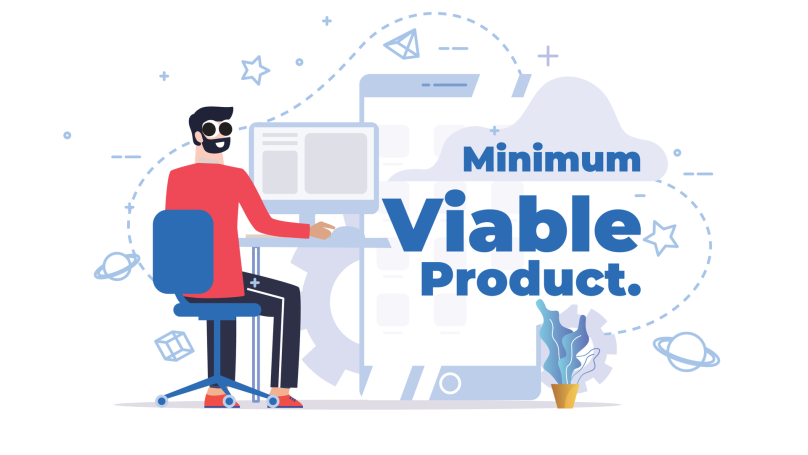
MVP is the earliest product version with a minimum set of features sufficient for initial presentation and testing on the target audience. However, despite the 'early' characteristic, this product should already be of real value to consumers. MVP stands for Minimum Viable Product.
The President of the consulting firm SyncDev, Frank Robinson, first proposed the concept of MVP. The definition of MVP includes both product development and audience research. Product functionality is adjusted, changed, and augmented in this research process. That is why developing MVP is often cyclical. In other words, to repeat build-presentation stages until there is a final version that needs no revision. Thus, the main task of MVP and the key meaning of MVP is to make the product even better and more in demand.
The benefits of MVP
MVP development is irreplaceable for business, especially for start-ups, because it allows you to
- Get feedback from the target audience and, based on this, improve the product before launching it to a wide market;
- to expand and engage the audience faster;
- to start generating profits even before production is completed by selling the MVP;
- encourages investors to finance the project;
- saves money on market analysis and the TA (Target Audience) by combining analysis with development.
The disadvantages of MVP
The disadvantages of MVP are:
- The original conception of the MVP project was to create software, so this strategy is best suited to creating intangible products. Nevertheless, it is being borrowed by other niches today, such as the automotive concern Tesla.
- Incompatible with innovation. It is impossible to create MVP of any revolutionary solutions or solutions for a new niche because it is impossible to conduct full-fledged audience research. For example, they may not be ready for a super product and not provide accurate data about it.
What is MVP (minimum viable product) in business?
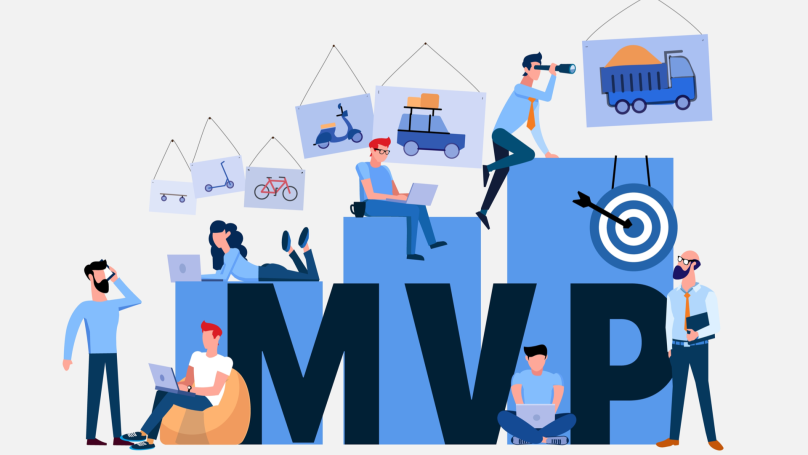
Creating the MVP project is vitally important for the start-up since it is the stage of the business idea generation when the entrepreneur has their first hypotheses about the functions of the future product, which may be both false and true. These hypotheses are tested in the context of the MVP by adding features and trying to meet the target audience's demands in different ways. In this way, using MVP in business allows a company to test the relevance of the product, the viability of the chosen business model and minimize the risks of going to market. Furthermore, it also ensures the business the benefits of MVP described above, including for Lean start-ups.
MVP (minimum viable product) in marketing
With MVP, you can test the product and the marketing strategy. For example, a mailing list measures the number of interactions and leads generated. MVP also allows you to evaluate: conversions, return rates, cost per lead, average check, operational costs, and even design.
When it comes to how to do MVP marketing, and it is essential for a full demonstration and feedback gathering, adhere to a few rules of thumb:
- The main goal of marketing at the MVP stage is not to find real customers to buy the future finished product but to find paying pilot customers willing to participate in the development.
- MVP promotion relies on digital channels, so pay special attention to content, SEO, targeting, and other types of online advertising.
- Position the relationship during the MVPs as a partnership, i.e., it is important to perceive the pilot clients as partners and be open to their suggestions.
- You need to monitor the effectiveness of MVP promotion just like any other marketing. Then, you will have a finished product and a ready marketing strategy.
MVP development: types and varieties of products
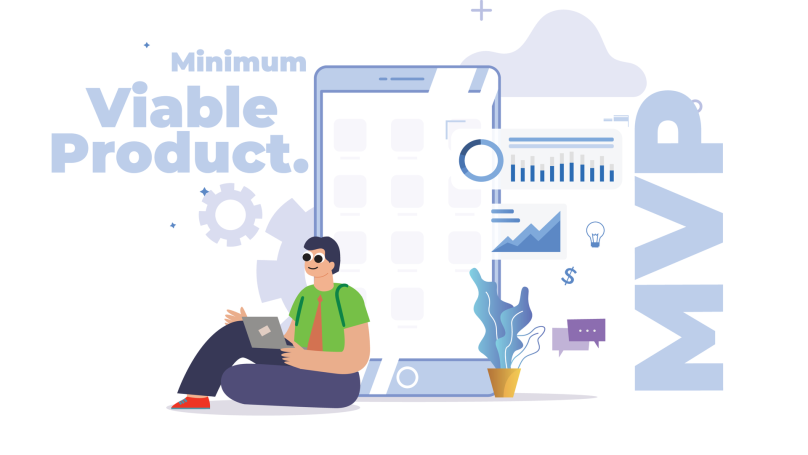
Before you start MVP development, you need to decide what kind of minimum viable product you need:
- The "Concierge" is only a "shell" of the created product. For the client to test its functions, the developers manually launch them and control all interactions. This type of MVP in programming is the most relevant.
- "The Wizard of Oz" is a more advanced "Concierge" model. Here, you control interactions from the outside, but the product looks and feels like a real solution.
- "Fragmented" - where you control a part of the product manually, and you simulate a portion using algorithms.
- A "Pain pill" is a product that is focused on solving a specific customer problem. The product is further developed and evolves into a more complex product.
How to create a minimum viable product (MVP)
It's most comfortable and safe to use Agile to create an MVP. However, you can also employ other management strategies. Creation takes place in a few steps, regardless of business or type:
- Identify the problem to solve. That means that you need to answer the question: what is the purpose of your product right now? Next, you need to consider the features that will help customers realize their value at the design stage.
- Define your target audience and narrow it down as much as possible. This MVP stage involves creating customer avatars and defining their demographics (gender, age, income level, etc.).
- Analyse your competitors' products. Select three key players in the market. What are the weaknesses and advantages of their peers? Based on this, you can make some hypotheses or define the functionality of your MVP.
- Conduct a SWOT analysis, a strategic planning method for making further decisions. Use it to work out in detail the opportunities and threats of the MVP.
- Map the user flow, the customer's journey when interacting with the product. This way, you can understand where and which features are most important to the customer, develop the design, sequence of algorithms, etc.
- Draw up a text or list of necessary functions and prioritize them. The most mandatory features for the future product should come first (from the users' point of view, of course).
- Choose the type of MVP best suited to your needs.
- Conduct A/B testing MVP. Alpha testing is where you evaluate the product by its immediate environment, such as the developers themselves and their acquaintances. On the other hand, beta testing involves evaluating real users who can try the product for a short period and give you feedback. Based on the results of this testing, the product's technical specification will be updated, the terms of reference will be amended, and any features that turn out to be irrelevant may be reduced. Additionally, the creative design or the format design work may also change. That is how A/B testing cycles get repeated until the product is ready.
A book or course on MVPs can help you learn all these steps more quickly in practice.
MVP checklist
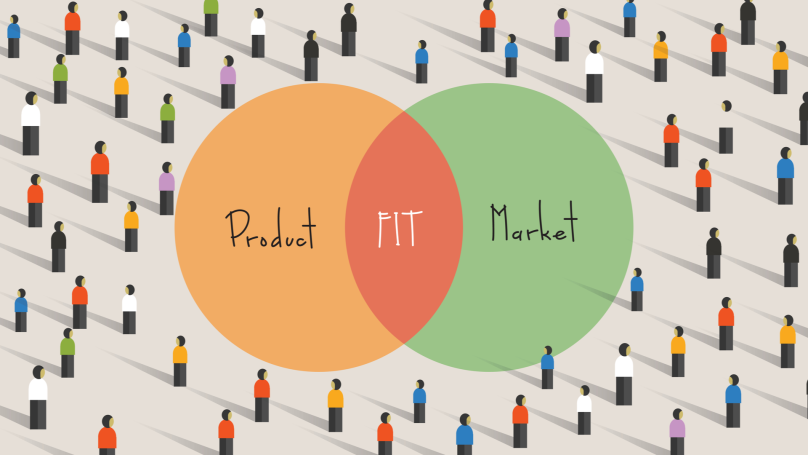
Check yourself and your new product MVP criteria during product development or afterward to make sure the result is reliable and credible:
- You have 4-5 portraits of your target customers.
- You understand your MVP's functions, and the operating principle is known.
- You have found the problem that the MVP will solve.
- You know the advantages and disadvantages of at least three competitors' products.
- You have a ready-made SWOT analysis and user path map.
- You have graded the product features from most important to least important.
- You have selected the scope and type of MVP.
- You have conducted alpha testing.
- You conducted beta testing.
- You collected feedback.
- Customers were satisfied with the core functionality.
- You have made the necessary changes before retesting.
MVP and MLP: what's the difference?
An MLP is a minimally attractive product that does have a lot in common with an MVP but, in contrast, has a more thoughtful user interface and user experience. Put simply, it not only solves a specific customer problem but also provides the customer with an enjoyable experience while using it. In essence, an MLP is an improved version of an MVP that you will market, but with an eye to user feedback and further testing.
Here's the difference between MLP and MVP in addition to the above:
- The purpose of MVP development aims to confirm or disprove hypotheses and gather feedback. The purpose of MLP, on the other hand, is to establish trust with the audience and gather a community of customers.
- Creating an MVP requires a minimum of time, effort, and money, while an MLP takes as much time as creating a finished product.
- Minimal attention is paid to UX (user experience) and design during MVP development, as the main goal is to test features. MLP, on the other hand, guarantees both an attractive design and usability immediately.
- After interacting with the MVP, customers rate their level of satisfaction with the product. Simultaneously, after using the MLP, the user can share the experience with friends and recommend it.
MVP or a prototype?
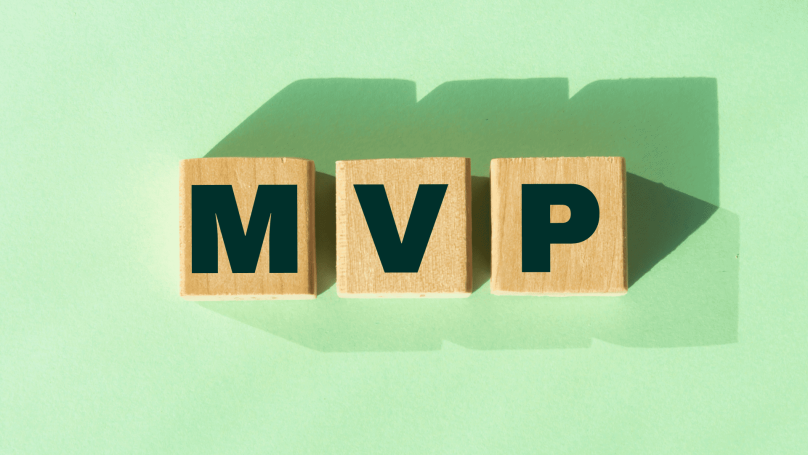
Although many people confuse the two, MVP can't be called a prototype. Here's exactly how an MVP differs from a prototype:
- A product contains a minimum of features, but you cannot say it is unfinished because it works perfectly and already demonstrates a high level of competitiveness within those features.
- You create a prototype to prove the feasibility of an idea. However, you can't use it in practice to gather feedback or analyze relevance.
Minimum viable product (MVP) Examples:
Here are the most striking examples of MVP among international companies, proving that this approach works:
- Uber. The first version of the Uber app only allowed customers to find and contact drivers. When the audience welcomed this idea, Uber began to improve the app's features and eventually added the ability to select a fare, customize a profile, schedule rides, etc. These features are added solely because of the user's wishes, known from feedback collected during the MVP stage.
- Snapchat. An early version of this application looked like a tiny utility that allowed users to send messages to their friends deleted ten seconds after being read. However, after Snapchat went on the Apple Store in 2011 and the first reviews began to appear, the app was upgraded. Masking, image sharing, profile settings, etc., appeared.
- Airbnb. In 2007, Brian Chesky and Joe Gebbia traveled to a conference in San Francisco but found the city had no inexpensive lodging options. So they had a hypothesis that other people could also use a website to find short-term rentals. Their MVP concierge helped confirm that hypothesis, which led to the famous multi-purpose website.























